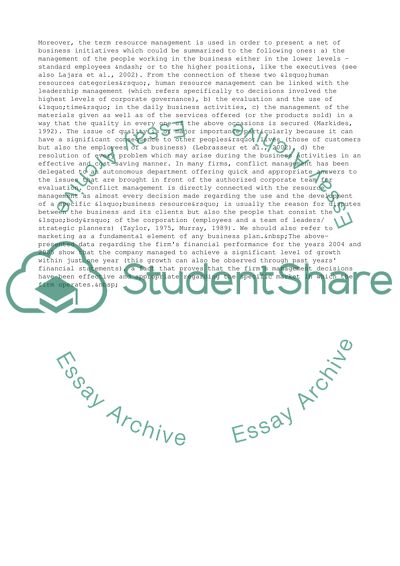Cite this document
(A Contextual Model of Strategic Decision Making in Tesco Case Study, n.d.)
A Contextual Model of Strategic Decision Making in Tesco Case Study. https://studentshare.org/business/1704038-to-what-extent-have-management-moves-since-2000-generated-additional-profits-for-tesco
A Contextual Model of Strategic Decision Making in Tesco Case Study. https://studentshare.org/business/1704038-to-what-extent-have-management-moves-since-2000-generated-additional-profits-for-tesco
(A Contextual Model of Strategic Decision Making in Tesco Case Study)
A Contextual Model of Strategic Decision Making in Tesco Case Study. https://studentshare.org/business/1704038-to-what-extent-have-management-moves-since-2000-generated-additional-profits-for-tesco.
A Contextual Model of Strategic Decision Making in Tesco Case Study. https://studentshare.org/business/1704038-to-what-extent-have-management-moves-since-2000-generated-additional-profits-for-tesco.
“A Contextual Model of Strategic Decision Making in Tesco Case Study”. https://studentshare.org/business/1704038-to-what-extent-have-management-moves-since-2000-generated-additional-profits-for-tesco.


